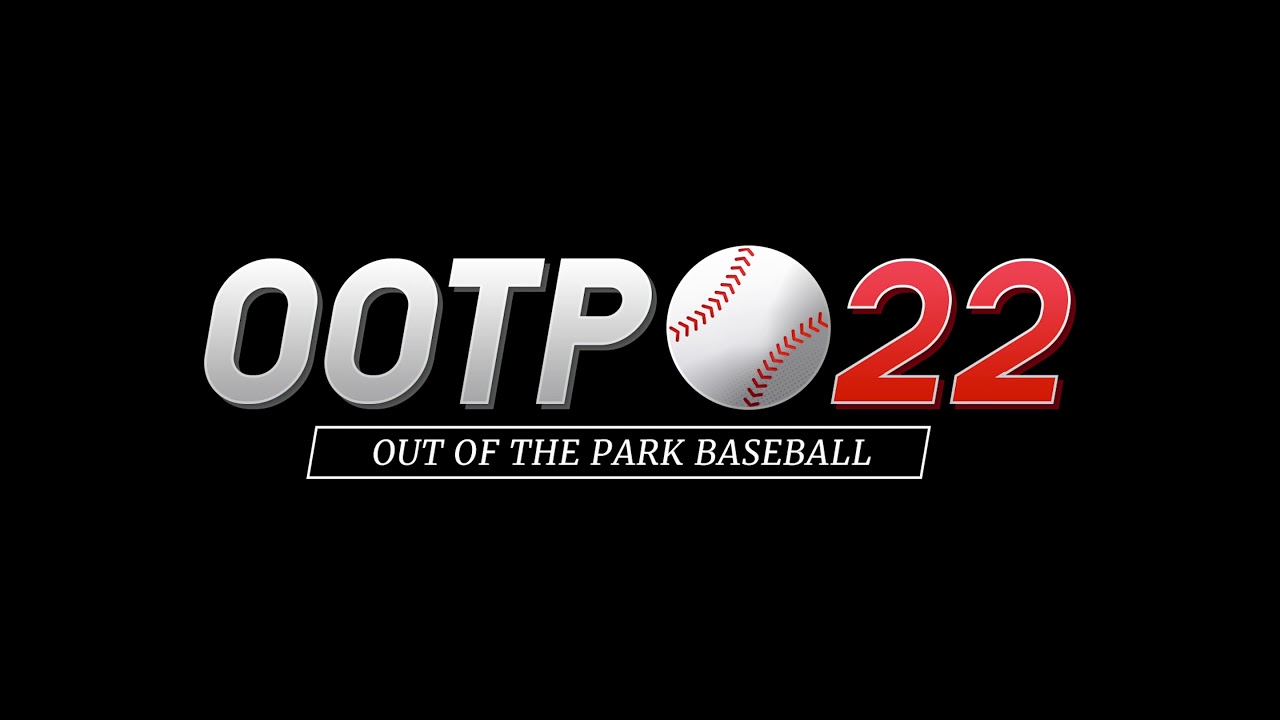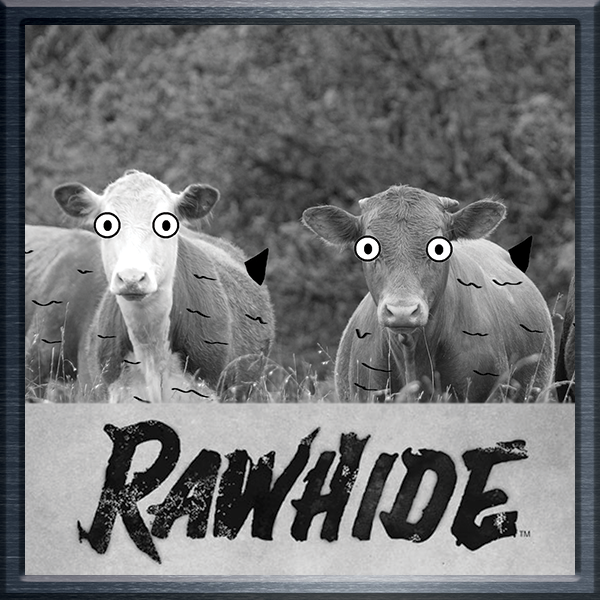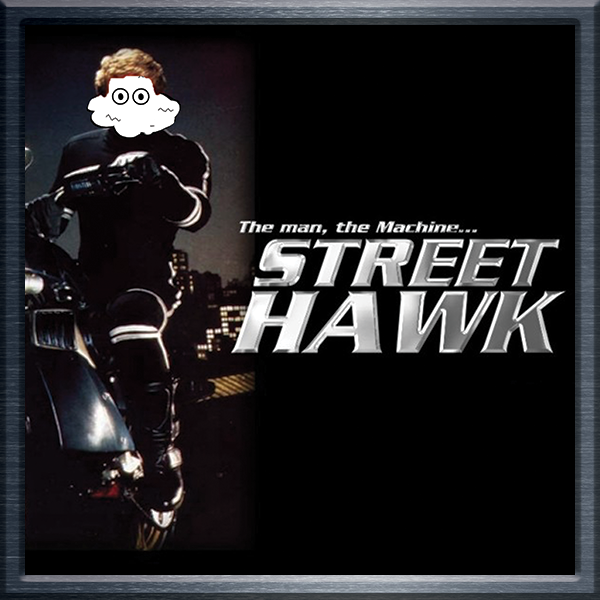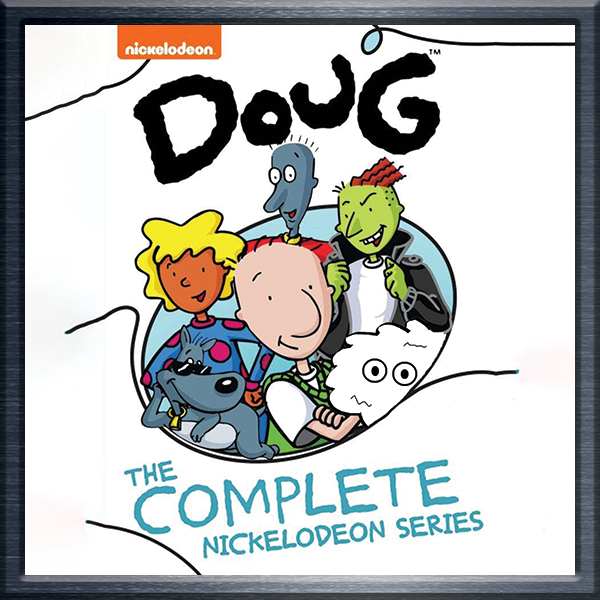Spring is peeking out from around the corner, and Major League Baseball may not arrive along with it. America’s oldest pastime and its players are being held hostage by a select few billionaires in the form of a lockout, and while it isn’t surprising, it sure is disappointing. I feel like baseball’s dad here, furrowed brow and all. What does a person do with a Tuesday in April if there’s no baseball?
Whether or not MLB plays ball, I decided to take matters into my own hands and make sure the sport was still being played somehow, somewhere. That is why I found it necessary to create World Championship Baseball, a fictional baseball league in the Out of the Park 22 universe with a structure and rule set very similar to that of Rob Manfred’s doomed leagues. Two leagues, three divisions in each. Universal DH. Playoff structure is the same, but the play-in game is a series instead.
I will be covering World Championship Baseball at large for sure, but the primary focus of my writings will be my local team, the Kansas City Blasters. The Blasters are in the Bopper League Central (the Slugger League is the BL’s counterpart), and they’re owned by the buoyant and patient Steve Burkhalter, a Boston native. Faced with the need for a savvy general manager to assemble a winning team, Burkhalter ultimately signed the mercurial Henry Dracula.
Dracula, 44, likes to joke with reporters about his surname, but when it comes to his roster, he’s all business. So much so, in fact, that Dracula pulls double duty as the team’s on-field manager, the only executive in WCB ambitious (or narcissistic) enough to attempt it. Among Dracula’s staff are scouting director Eric Reimer, hitting coach Ray Terrell, and pitching coach Aaron Harned. They are, to a man, terrible at their jobs.
His crew now complete, owner Steve Burkhalter set them to preparing for the WCB Inaugural Draft. Burkhalter and Dracula agreed on a primary strategy—keep the payroll low given the team’s resources, keep the team young, and focus on cornerstone position players above all else. While it would be helpful to have a scout who is good at scouting, Eric Reimer’s opinion of young players is essentially a guessing game that necessitates collaboration from the OSA scouting group. Would the decided-upon strategy work for the haphazard collection of men tasked with its implementation?
With the 12th overall pick, Dracula was adamant that the Blasters select a young middle-of-the-order masher to anchor the team’s lineup for years to come. Burkhalter added that he would also be open to a middle infielder with superlative on-base and glove skills, an approach with which Dracula found himself in agreement. Scouting Director Reimer’s first round ideas included selecting the player best at Halo 2 and going to Long John Silver’s. Thankfully for the primary decision makers, Reimer was not the type to make waves, and his stray pleas were quickly forgotten.
Dracula ultimately narrowed the field to five players based on the scouting, salary, and service time information given to him by OSA and, for better or worse, Reimer. Jimmy Ingalls and Andrew Bendlin were the first two players to really jump out. Both were only 25, but Bendlin offered three additional years of team control. Ingalls was seen as a solid shortstop with impeccable contact and on-base abilities, blinding speed, and gap power. Bendlin was scouted as a left fielder with no speed, but a bat with the contact, power, and patience to change a lineup.
The other three possibilities were first baseman Chris Berry and hot corner boys Gabe Moreno and Mario Sfondrati. Dracula saw Sfrondrati as perhaps the safest pick, a great defender with plus grades across the board as a hitter. Moreno was the wild card, a 21-year-old with purported monster power and no service time. Berry was the oldest player considered (29) and the first player eliminated from contention for the 12th draft pick. While he figured to draw plenty of walks and rack up extra base hits, he would become too expensive too soon. As hard as it was for the Blasters’ brass to admit, the same was true of on-base maestro Jimmy Ingalls, and he too was cut from the running.
That left Dracula to choose between Bendlin, Sfrondrati, and Moreno. Andrew Bendlin ultimately became the very first Kansas City Blaster despite concerns over his questionable character and his seeming indifference to the idea of wearing a glove. The pick was considered a logical one, as Bendlin offered four years of team control and seemed like a present offensive force.
“I think I would have gone with Gabe Moreno if I had more confidence in Eric,” Dracula bluntly told BNN, motioning toward his scouting director. “We decided Andrew was a nice middle ground between Moreno and Mario, though I’d love it if he would get rid of that unsightly goatee.”
When asked about Bendlin’s reputation as a selfish, greedy asshole, Dracula seemed almost gleeful. “I welcome the challenge! Nothing short of a cross necklace or garlic crown will keep me from making it work,” Dracula said with a wink.
After having Dracula’s comments read aloud to him by a microtask worker, Bendlin was prickly. “This fuckin’ dork thinks we’re gonna be friends?” Bendlin asked, sliding his sunglasses down his nose just far enough to expose the top of his eyes. “Andy Bendlin hits dingers and gets dirty. Andy Bendlin doesn’t have time for friends. Or for reading the news, which is why I pay Neil.”
Center Fielder Tommy Krampen immediately stood out as a potential target in the second round, and after some thorough scouring of the player pool and serious consideration given to a durable ace, he became the second Blaster. Krampen was 27 with three years of team control left, and his game seemed well-rounded. A 60-grade glove in center, Krampen was also projected as a 25-25 threat with plus contact skills. An intelligent switch hitter and a quick learner, Krampen’s attitude figured to offset Bendlin’s volatility.
Before Burkhalter and Dracula knew it, the Blasters were really coming together. The team’s third-round pick was 24-year-old right fielder J.D. Matlock, a loyal kid who liked to swing first and think later. His grandfather was a prominent attorney. Aspiring ace Kyle Storrs was the fourth-round selection. Storrs only offered a couple years of team control, but his wipeout stuff figured to give the team a strong presence at the top of the rotation. Jeff Hickerson came aboard in the fifth round thanks to his immense raw power and, the team hoped, enough contact ability to tap into it right away.
The Blasters kept adding young talent as the draft progressed. Shortstop Ray Alexander seemed a fair enough alternative to missing out on Jimmy Engalls earlier, while outfielder Ricardo Otero might wind up spraying line drives all over the place. Starters Jeremy Gough and Everett Musumeci could blossom into number two or three starters with a bit of development. Prospects like Antonio Valles, Danny Colindres, and Nicolas de Leon could be ready to contribute sooner than later.
The bullpen plan focused on power pitchers with the ability to pitch multiple innings. The first was closer Brian White, a lefty with 80-grade stuff and borderline command. An unnervingly collected man, White claimed his post-draft celebration plans consisted of staying home to drink milk alone over his kitchen sink. Other noted firemen Juan Ramirez, Nelson Matos, and Felipe Iguarta were not far behind in becoming Blasters.
When the dust settled on the 2020 WCB inaugural draft, both Burkhalter and Dracula felt they had built a solid club with a lengthy contention window. Pitching could become an issue during the team’s first season, but there was a lot to like. Even the farm system seemed to offer plenty of promise, as six prospects made the BNN Top 100 prospects list entering the season. All that was left to do was to sort out the collection of players prepared to comprise the Kansas City Blasters organization.
“I rolled out of the coffin that first night after the draft knowing we were on the right track,” Dracula said with a toothy smile on his face with one week until the inaugural WCB season started play. “I can’t wait to see what these guys do, and depending on the results, how much shit I get to give Eric.”
Below you will find an early look at the Kansas City Blasters roster, still incomplete with plenty of players in consideration for the remaining roster spots.
| POS | PLAYER | AGE | B/T | DEF | OVR | POT |
| C | Tommy Knupp | 24 | R/R | 75 | 40 | 40 |
| 1B | Jeff Hickerson | 24 | S/R | 40 | 55 | 55 |
| 2B | Ron Waters | 40 | S/R | 75 | 50 | 50 |
| 3B | Ismael Garcia | 25 | R/R | 60 | 45 | 45 |
| SS | Ray Alexander | 28 | R/R | 60 | 55 | 55 |
| LF | Andrew Bendlin | 25 | R/R | 40 | 65 | 65 |
| CF | Tommy Krampen | 27 | S/L | 60 | 65 | 65 |
| RF | J.D. Matlock | 24 | L/L | 45 | 60 | 65 |
| DH | Ricardo Otero | 26 | R/R | 45 | 50 | 60 |
| BN – OF | Matt Bowen | 26 | L/L | 50 | 45 | 45 |
| BN – IF | Adam Slabaugh | 37 | R/R | 55 | 50 | 50 |
| BN – C | Andy Estepp | 33 | R/R | 40 | 40 | 40 |
| POS | PLAYER | AGE | B/T | STA | OVR | POT |
| SP | Kyle Storrs | 25 | L/L | 50 | 60 | 65 |
| SP | Jeremy Gough | 22 | R/R | 75 | 50 | 60 |
| SP | Everett Musumeci | 22 | L/L | 65 | 50 | 55 |
| SP | Armando Goto | 24 | S/R | 50 | 45 | 50 |
| SP | Tony Herrera | 27 | L/L | 50 | 45 | 45 |
| RP | Brian White | 27 | L/L | 50 | 65 | 70 |
| RP | Nelson Matos | 28 | R/R | 55 | 60 | 60 |
| RP | Felipe Iguarta | 29 | R/R | 80 | 55 | 55 |
| RP | Juan Ramirez | 22 | L/L | 55 | 55 | 55 |
| RP | Luis Cruz | 26 | L/L | 45 | 55 | 55 |



